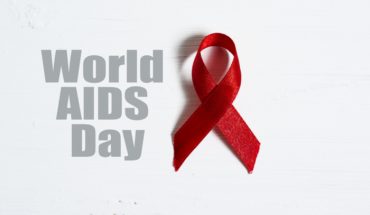Lassa fever is a deadly viral hemorrhagic disease in the same broad family as Ebola Virus Disease (EVD), Dengue and Yellow fever. Lassa fever causes an acute febrile illness, with bleeding and death in severe cases.
Lassa fever was first described in Nigeria 1969 in Lassa Town, Borno State, from where the disease derived its name. Lassa frequently infects people in West Africa and outbreaks of the disease have been observed in Nigeria, Liberia, Sierra Leone, Guinea, and the Central African Republic.
The reservoir or host of the Lassa virus is the “multimammate rat” called Mastomys natalensis which has many breasts and lives in the bush and peri-residential areas. The virus is shed in the urine and droppings of the rats can be transmitted through direct contact, touching objects or eating food contaminated with these materials or through cuts or sores. Person to person transmission occurs most commonly when a person comes in to contact with the virus in the blood, tissue, secretions or excrements of an infected individual. Transmission also occurs in health facilities where infection prevention and control practices are not observed.
Infected people begin to show symptoms after an incubation period of 6-21 days. Though Lassa Fever infection is asymptomatic in 80 per cent of cases but leads to a severe multi systemic illness in the remaining 20 per cent of infected people.
The onset of the disease is usually gradual, starting with fever, general weakness, and malaise followed by headache, sore throat, muscle pain, chest pain, nausea, vomiting, diarrhoea, cough, and bleeding from mouth, nose, vagina or gastrointestinal tract, and low blood pressure.
However, unlike Ebola Virus Disease Lassa Fever is treatable. Early intravenous treatment with Ribavirin has shown to improve patients’ chances of surviving the disease.
There is a present outbreak of Lassa fever in Nigeria which started in November in Bauchi State where the index case was detected and in just three months more than 103 people have died from the disease and it has spread to more than 20 states of the federation. Positive Lassa fever Cases have also been identified in the Nigeria’s neighbouring West African country, Benin Republic.
I treated the Lagos Index Case of this Lassa fever outbreak alongside other doctors of the Lagos University Teaching Hospital and I was also a resource person to the Ogun state government on the management of Lassa Fever in the state.
Though the federal ministry of health and the Nigeria Centre for Disease Control says the outbreak is under control but statistics say otherwise. Needless to say that the response from the federal government to this outbreak is poor and less than adequate.
For a country that recently conquered the dreaded Ebola Virus Disease and also deployed health experts to other west African countries during the outbreak and as such have the best trained hands on management of hemorrhagic fever vis-a-vis other infectious diseases, This is quite unacceptable.
Lassa Fever is endemic in Nigeria. In 2012, Nigeria recorded 1723 cases of Lassa Fever with 112 deaths. However, it seems that lessons are not learnt from each outbreak and systems are not being built based on responses.
Sadly almost five decades after the first case of Lassa Fever was discovered, there is no vaccine yet for Lassa Fever and hundreds of Nigerians die needlessly every year from these outbreaks.
Ideally we should have an effective epidemiological surveillance system which are well monitored such that outbreaks of infectious diseases can be detected and controlled at the local government level before they snowball into a national emergency. State ministries of health should have their internally developed protocol for responding to these outbreaks with support from the federal government.
Realistically, outbreaks can be anticipated and adequate response prepared to curb the disease because most of these outbreaks are seasonal.
Lassa Fever can be prevented by avoiding contact with Mastomys rodents, putting food away in rodent proof containers. Keeping the home and the surroundings clean always. Regular hand washing with soap and water or with alcohol-based hand rub. Besides the eating of rodents should be discouraged and health care workers must be well protected when attending to suspected or confirmed cases of Lassa Fever.
- A view from the front lines of Nigeria’s Lassa Fever outbreak - 11th March 2016






